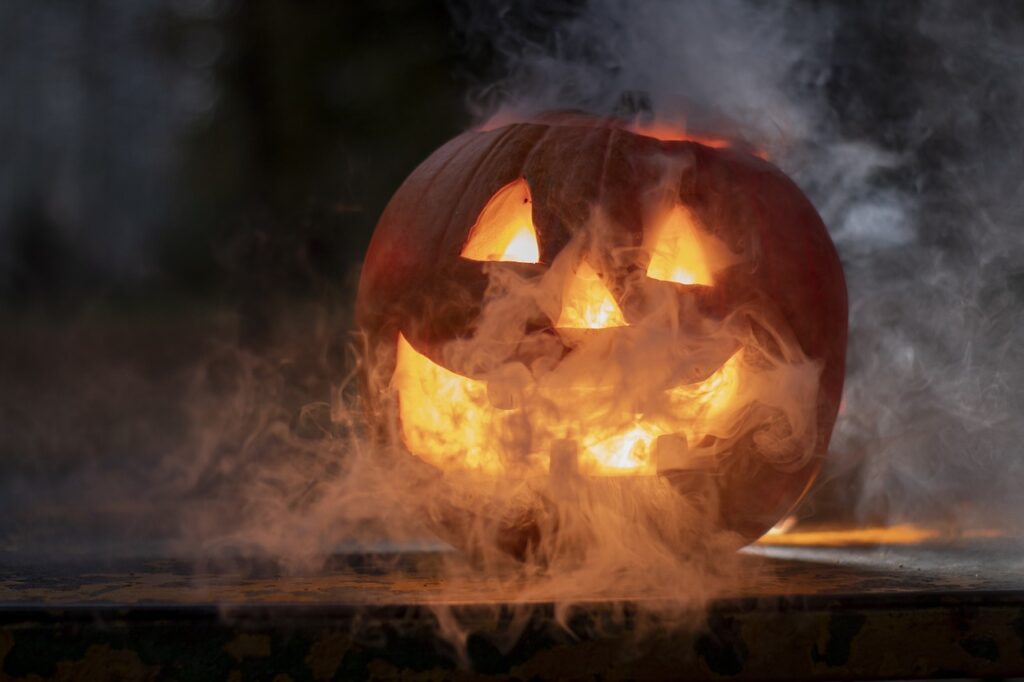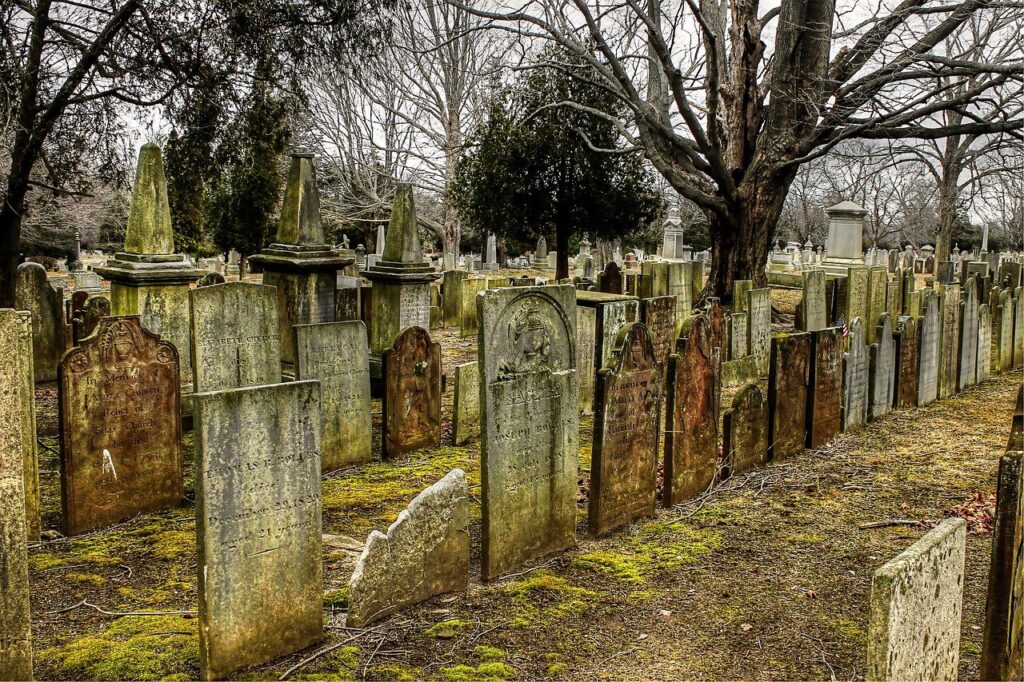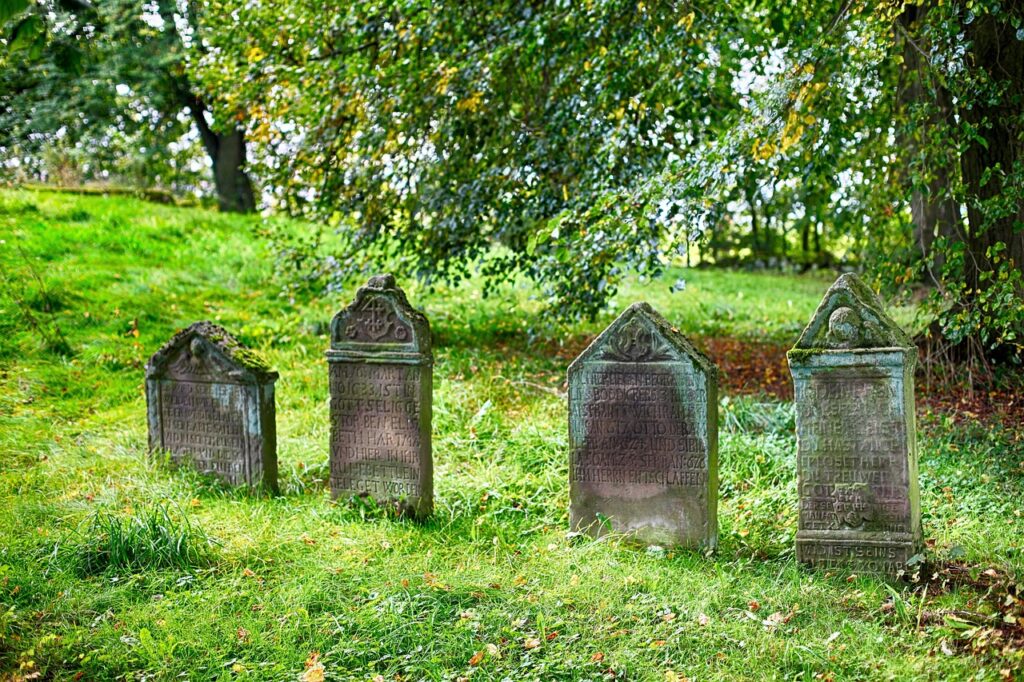If you consider when the best time to visit Poland is, don’t hesitate and do it at the beginning of November. Polish gold autumn, full of colourful leaves which create soft carpet under the trees, makes you love this country with its people. November is reflection time here. The month is opened by crucial holidays called “Święto Zmarłych” or “Dzień Wszystkich Świętych” which means “All Sants’ Day” and the second celebration “Zaduszki”. More about these typical Polish traditions one can find below in our article.
“Let us love people now they leave us so fast
the shoes remain empty and the phone rings on
what’s unimportant drags on like a cow
the meaningful sudden takes us by surprise
the silence that follows so normal
it’s hideous like chastity born most simply from despair
when we think of someone who’s been taken from us.”
Jan Twardowski “ Let us hurry to love people”
The words of a poem written by a Polish poet take on a new meaning nowadays. People from all over the world have encountered a huge problem with Coronavirus and the global pandemic. Every day we struggle with the disease of members of our families, with death. Furthermore, we are filled with dread about the health of people who we love and need. Global pandemic drives us up the wall showing that human beings are not ideal, full of knowledge, and can deal with everything.

We still haven’t discovered the mystery of life and death. Presumably, the 1st of November will remind us again of what is the most relevant and where we should direct our attention.
As common knowledge Polish customs are between Slav and Christian traditions, including under the influence of yet other cultures. It is not surprising that one can encounter the mix of parallel celebrations during All Saints’ Day as well as the Catholic Church’s holiday, a pagan tradition, and the last but not the least English Halloween celebration.

Curiously, the origins of the tradition of All Saint’s Day go back to medieval times or the Middle Ages. At that time travelling with the relics of the martyrs for the Catholic faith was very popular. We can read about the described habit in Polish novels written by Henryk Sienkiewiecz, for instance.
In 610 Pope Boniface IV collected all the relics in one place and made sure that every 1st of May was dedicated to All Catholic Martyrs.
In 731 Pope Gregory III postponed the day of this ceremony to the 1st of November, whereas in 837 Pope Gregory IV dedicated this holiday not only for All Martyrs but also All Saints of Catholic Church.
We don’t know exactly how and when Polish people began to treat this holiday as a commemorative time for dead members of their families. However, after a solemn mass dedicated to the memory of Saints and Martyrs, people started visiting family graves. Over time, the custom of decorating graves with flowers and candles developed. Nowadays the described celebration involves mass people who want to gather members of families at the resting places.
Bedecking monuments drives the chance for owners of small businesses to earn extra money this day. All these factors exert a huge influence on our perception and opinion about the All Saints’ Day Celebration. Since times immemorial, the world has revolved around money so taking advantage of selling flowers and candles in front of a cemetery is not surprising as well.

Consumerism affects all parts of our life. But when you close your eyes to selling colourful balloons or toys in front of the fence of cemeteries, you will notice the wonderful as well as vital quintessence of this holiday and touch deeply true about the human condition.
Parallel with celebrating All Saints Day in the Catholic Church, in the village people, organized a holiday called “Zaduszki”. The name of the celebration is derived from two words: “za”/ English “for” or “behind” + “duchy/ duszki”/ English “ghosts/ small ghosts”. It was a meeting of alive people with souls of the dead. It aimed to offer help to find peace, eternal rest.
Undeniably, this habit was connected with human beings being aware that after our death we still exist in the other shape. Furthermore, our mistakes and sins committed don’t allow us to find calm.

“Zaduszki” is anchored in Slav pagan tradition. It is no brainer that once this holiday was associated with the feeding of souls and the light of the fire.
On November night a village community met in a cemetery chapel making a chance for contact with members of families who passed away. The meeting was conducted by an elder master exploring the mysteries of existence and gaining huge knowledge about life and death, although all gathering people were involved in the ceremony. The community believed that wandering souls divide into three categories. The first group made the spirits of little sinners; the other was medium sinners and in the last one could have found sinners damned forever.
Spirit feeding was symbolic, and its purpose was to help the ghosts redeem their sins which they made in existence on Earth. The ritual of summoning spirits likewise the kind of nourishment depended on the area of Poland. In some regions, people prepared the grains of a charlock for “small” sinners. It was a symbol of pain and suffering which should have been struggled by us during our whole life. However, these spirits didn’t encounter them on the way to existence so the gate of heaven was still closed for them.
Instead of bitter charlock, sometimes one proposed honey, nuts, eggs and obviously, alcohol. The last was dedicated to the hardest sinners.

The described ceremony was called “Dziady” or “Zaduszki”. How crucial it was one can be convinced following the oral tradition from generation to generation or reading Polish literature. The Polish way of thinking about All Saints Day was shaped likewise by drama as “Dziady” by Adam Mickiewicz. Below is the part of it:
Darkness around. Dullness around.
What will be now? What will be now?
The shaman entered the chapel,
ordering its doors locked.
Hurrying people to quench the candles,
shut the windows deaf,
cutting out the white beam of the moonlight.
Darkness around. Dullness around.
What will be now? What will be now?
The people gathered around a coffin,
and the shaman started his rites:
“The souls of Purgatory!
In any side of the world:
whether you are burning in tar,
freezing at the bottom of a brook,
or for a severer punishment
you are implanted into austere wood,
while being bit by embers of a stove
you cry mournfully and moan.
Each of you hurry to join our herd!
Let the herd meet.
We are having Forefathers’ Eve!
Forefather’s Eve, Part II by Adam Mickiewicz
Even if these practices consigned to history, their memory of them has stayed among people nowadays as well. The ethos of moral essential values hasn’t changed over the years. The warning was given by the spirits of sinners for alive people gathered in the chapel is still actually, also these days.
We don’t know exactly when the church changed folk pagan tradition for Catholics. But nowadays Polish celebrations called “Zaduszki” is Catholic holidays connected with meditation and prayers for people who have passed away.

In my opinion, it is worth observing these first beautiful autumn days of November and walking on the cemeteries in Poland to understand Polish traditions and habits.

